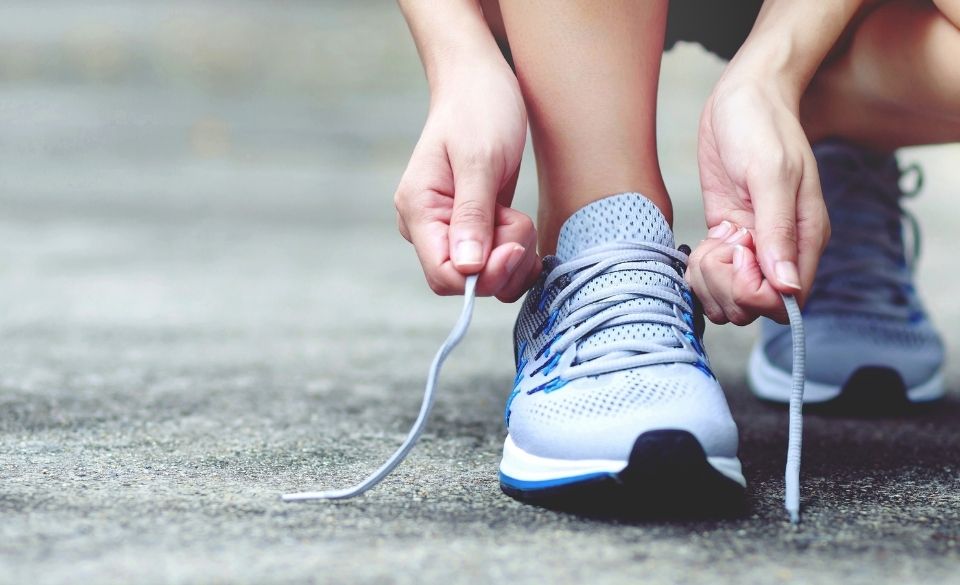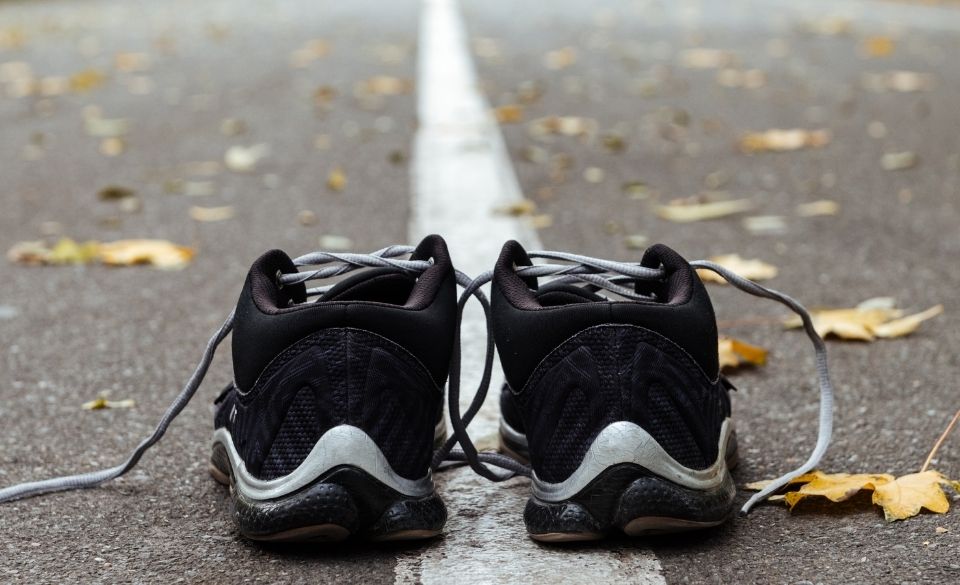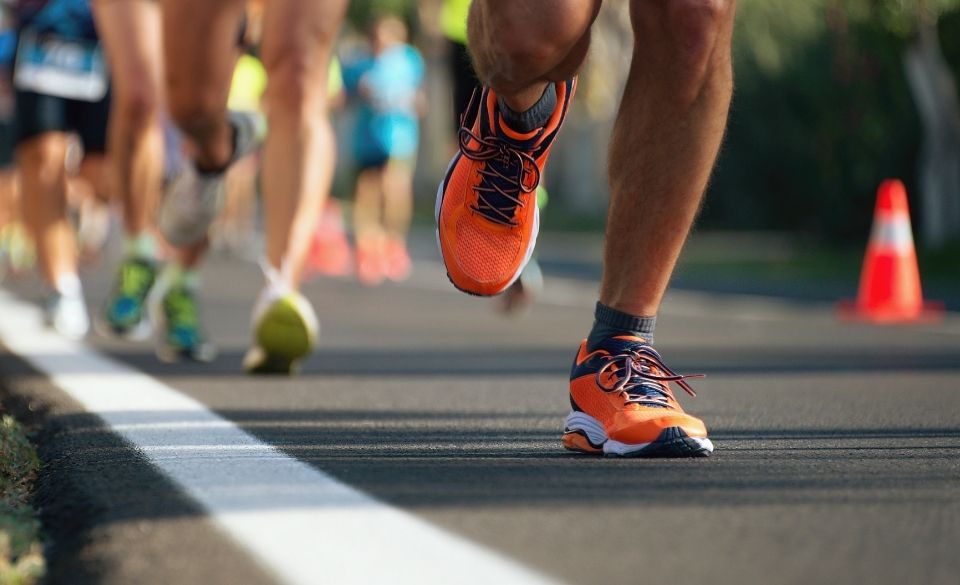
How To Break In New Running Shoes? UPDATED 2022
Page Contents
If you recently decided to buy a new pair of running shoes or upgrade to a different model, you may be experiencing soreness and/or blisters. Unfortunately, this happens to many runners when they purchase a new pair of shoes. So, what causes this and how should you break in new running shoes?
In this article, we look at how to break in new running shoes. The symptoms you might experience when wearing the wrong shoe, and how long it takes to break in your new running shoes. So continue reading to find out more.
How To Break In New Running Shoes?
Running in comfortable shoes and shoes that a designed for your gait is just as important as the training you do. However, many people get excited when buying new shoes. they head out the door all excited to test out their new shoes, only to find when they get home they end up with blisters, and sometimes pain in the feet and knees.
That is why breaking in your running shoes is an important step you should take before replacing your old running shoes. Properly breaking in your shoes can help reduce the chances of injuries, blisters, or discomfort.
So, knowing this, how should you break in your new pair of running shoes?
Regardless of whether you purchased a new model, brand or similar shoe, you should always break in the show before replacing your old ones.
First, start by wearing your shoes around the house. This will help the upper to settle and your legs get used to the stiffer shoe. It will also allow you to notice any issues you might experience during the first runs. Such as blister-prone spots, sizing issues, and even the heel-to-toe drop.
Second, start to introduce your shoes into your runs. That means using them during short recovery runs. You can also change to your new shoes during the last 10-20 minutes of your run.
Generally, to completely break in your running shoes it should take around 3-4 hours of running. However, if you run in some neutral minimalist shoes with little to no support, the break-in time will need to be increased.
Adjusting to New Running Shoes – What Should You Know?
If you decided to change the model of shoe you usually run in, what should you do?
Adjusting to new running shoes can be a tedious journey, especially if you are transitioning from a well-supported shoe to a low heel-to-toe drop or neutral model.
If you are moving to a completely new running shoe it is important to allow the body to slowly adjust to the change in your gait. That means by starting out wearing the shoes around the house before transitioning into some easy shorts runs.
Once you have built up to running 30 minutes, you can start to do your long run in the new shoes.
If you experience discomfort, blisters, or pain. Change back to your old shoes, and rebuild up again. Once the blisters or pain has subsided continue to increase the running again. If after that it still continues to happen, return the shoes to the shop where they were purchased. And ask them to remeasure your feet and even ask for a gait analysis, to see what the cause of the problem is. They can then recommend an alternative shoe.

If New Running Shoes Hurt My Feet – What Should You do?
It’s not uncommon for people to experience discomfort in their new shoes, especially the first time wearing them. However, any discomfort should pass after wearing them for a few hours.
If after this your new running shoes hurt your feet you should immediately take them back to the shop you purchased them from.
If the pain is to do with sizing, get an experienced staff member to re-measure your feet and make sure you have the correct shoe for your width and also length.
If you experience pain in the shins, knee, or hip, you should look towards a different model or brand of shoe. You can also ask for a gait analysis, which can help put you towards the correct shoe model and design.
Generally, it’s ok to feel slight discomfort when first walking or running in them. But ultimately this should subside after a few hours of use and they start to break in.

How Long Does it Take to Break in New Running Shoes?
Unfortunately, there is not a set time it takes for running shoes to break in. A lot of it has to do with if you replaced the shoe with the same model, or if you completely changed the brand, shape, and type of shoe (neutral, pronation).
Generally, if you move to a completely different model of shoe you should expect a longer break-in period. If you are replacing your shoe with the same model, you might only need a few hours of easy running to adjust again.
Symptoms Of Wearing the Wrong Running Shoe
If you are experiencing pain, discomfort, blisters when wearing your new shoes, you may be in the wrong model or type of shoe.
Some of the symptoms of wearing the wrong running shoe are:
– Sore Achilles
– Sore Calf Muscles
– Sore Shins (Shin Splints)
– Black toenails
– Blisters and calluses
– Plantar Fasciitis
– Overtightening your laces
Most of the time more serious symptoms like Achilles problems, plantar fasciitis, and shin splints will come on after more than a week of running in the new shoes. Other symptoms like calf muscle problems, black toenails, and blisters can show up within a few hours of running.
Either way, if you experience any of the symptoms above you may be running in the incorrect model of shoe. And you should look to change models immediately before symptoms get worse.



